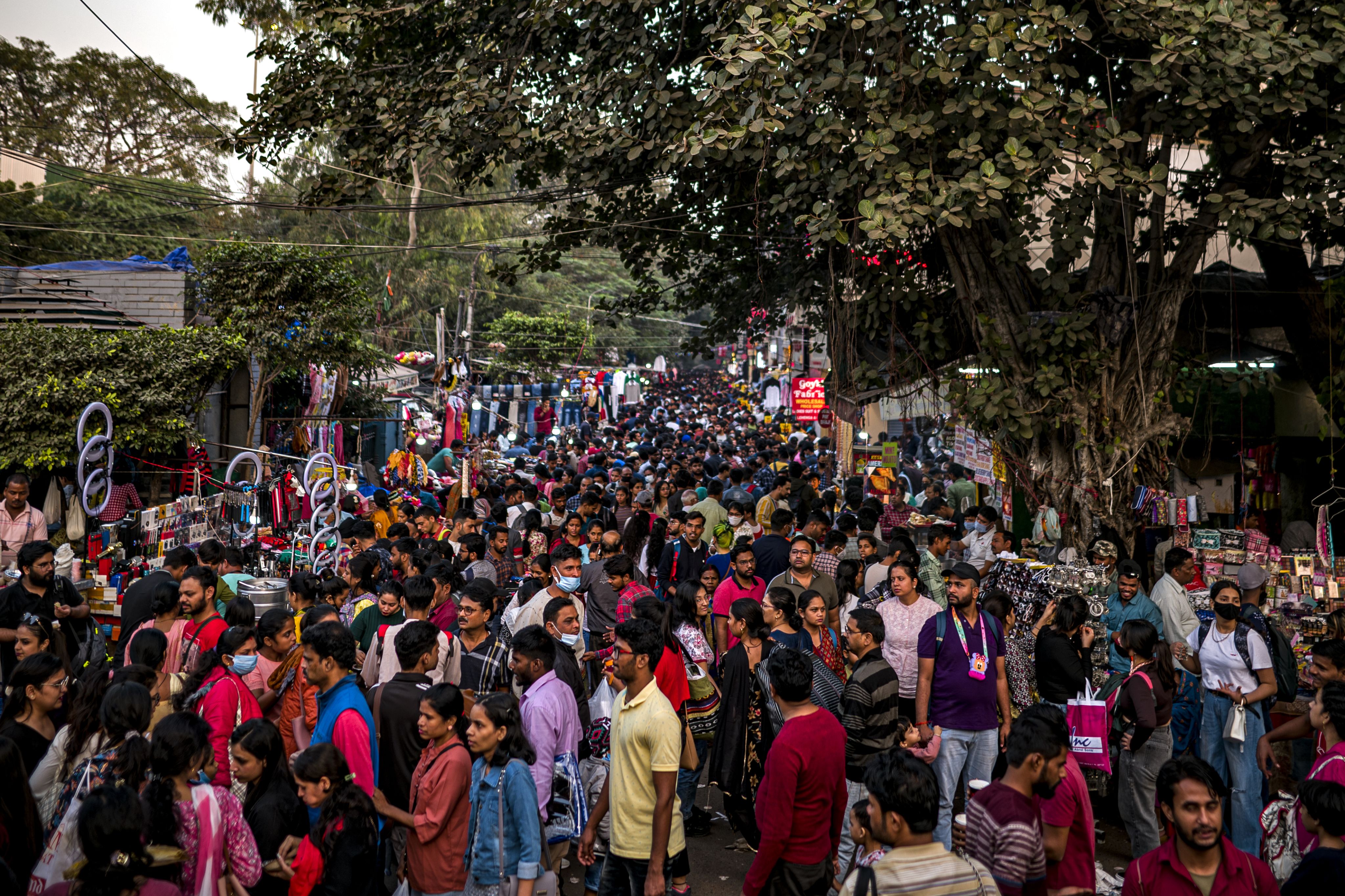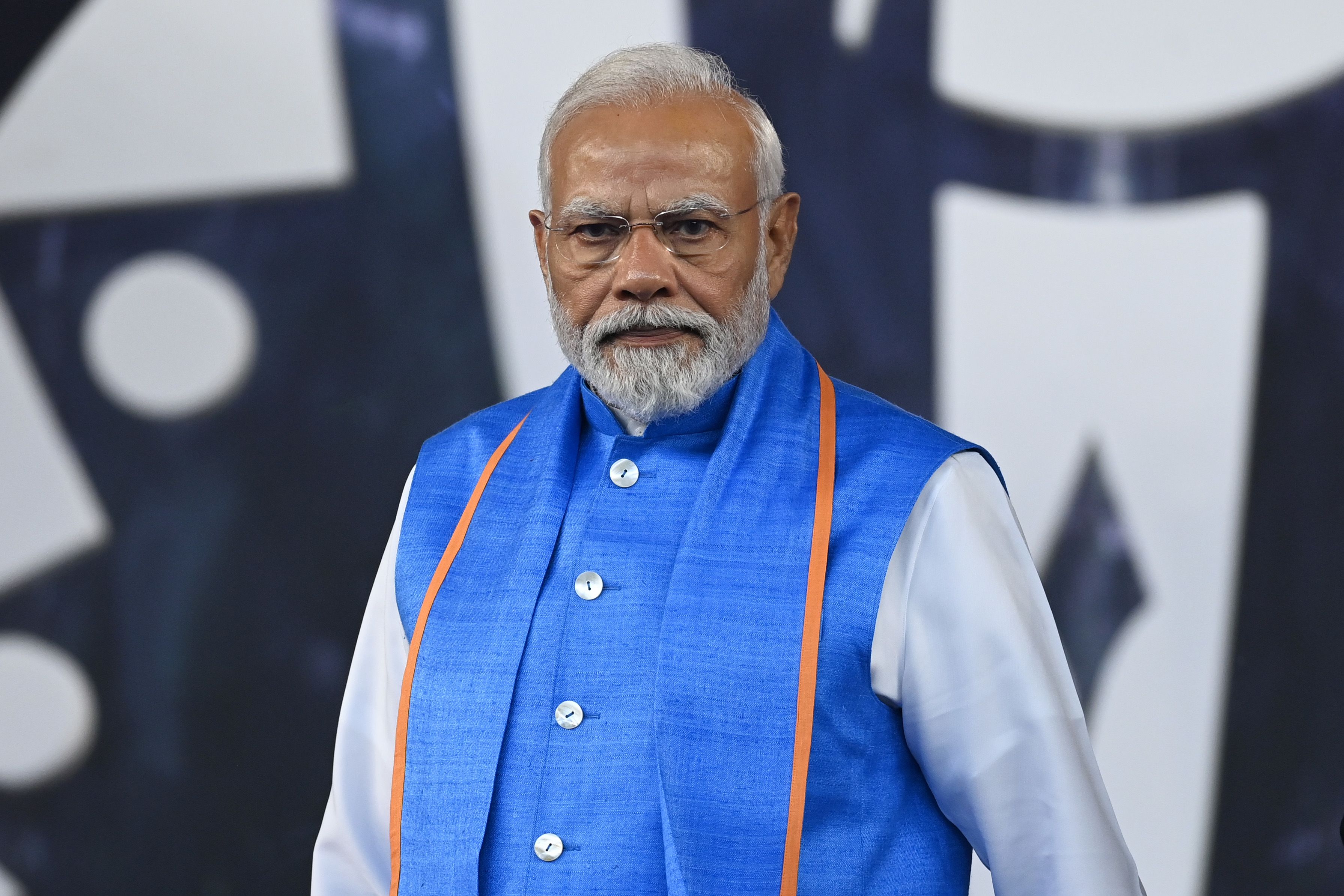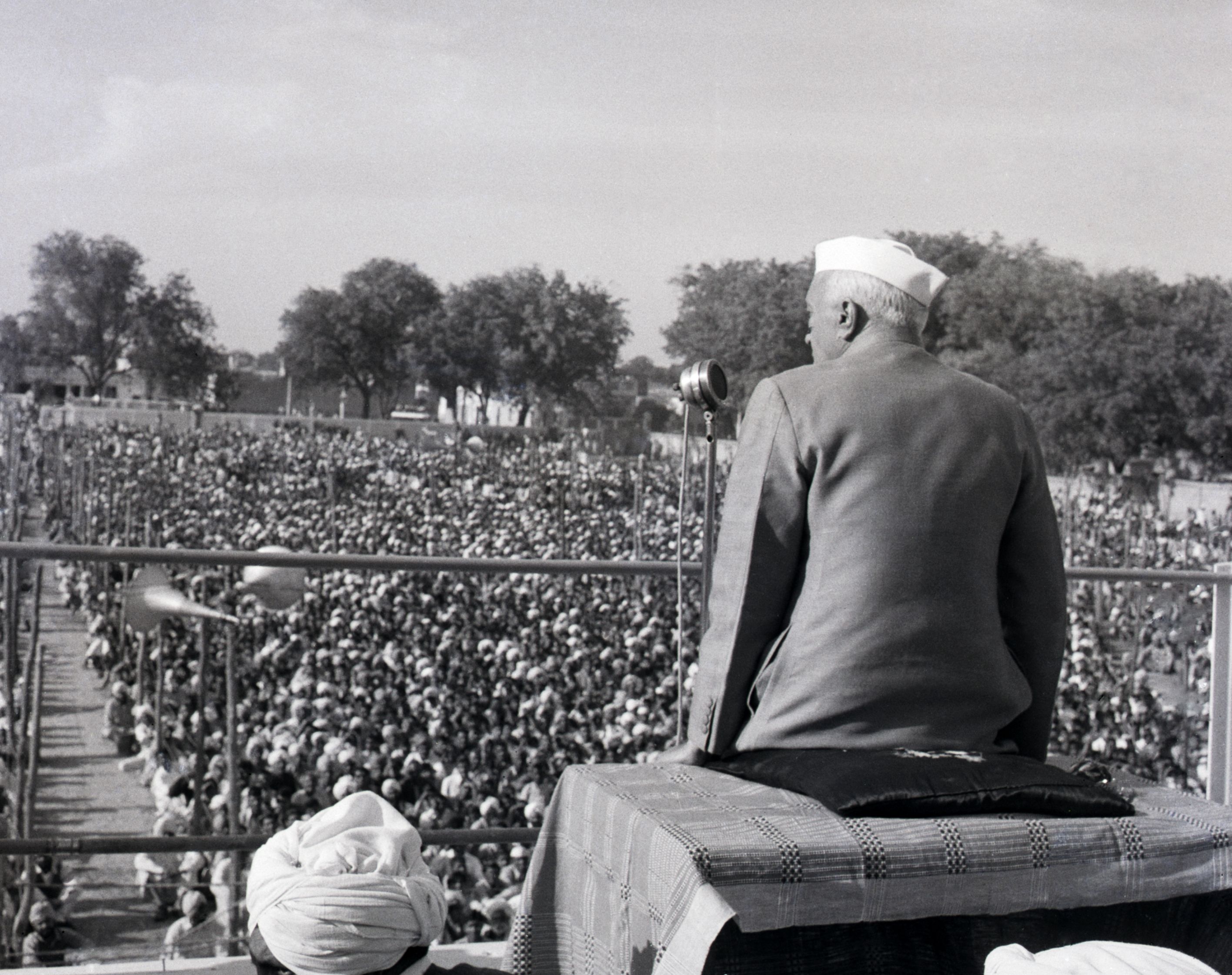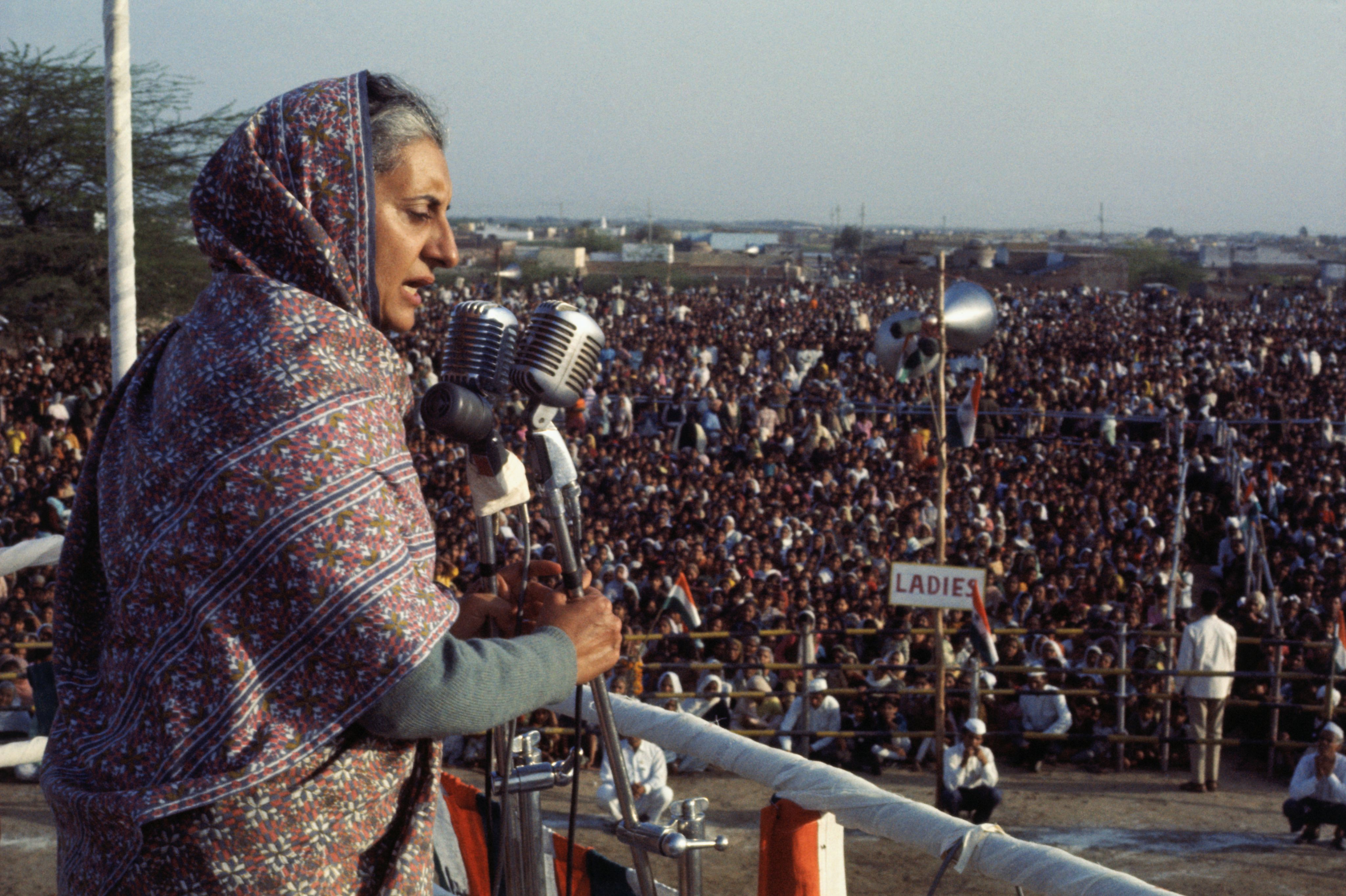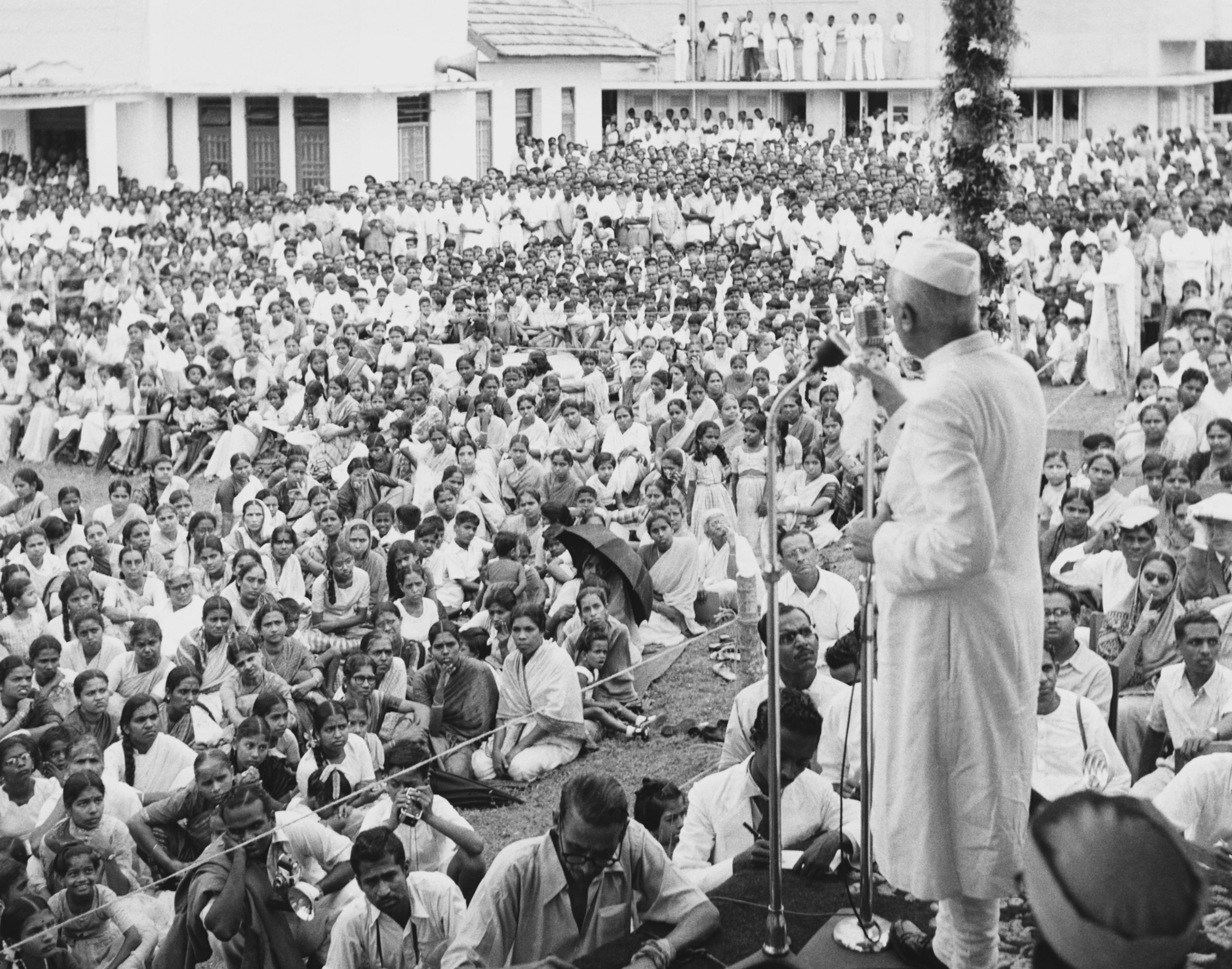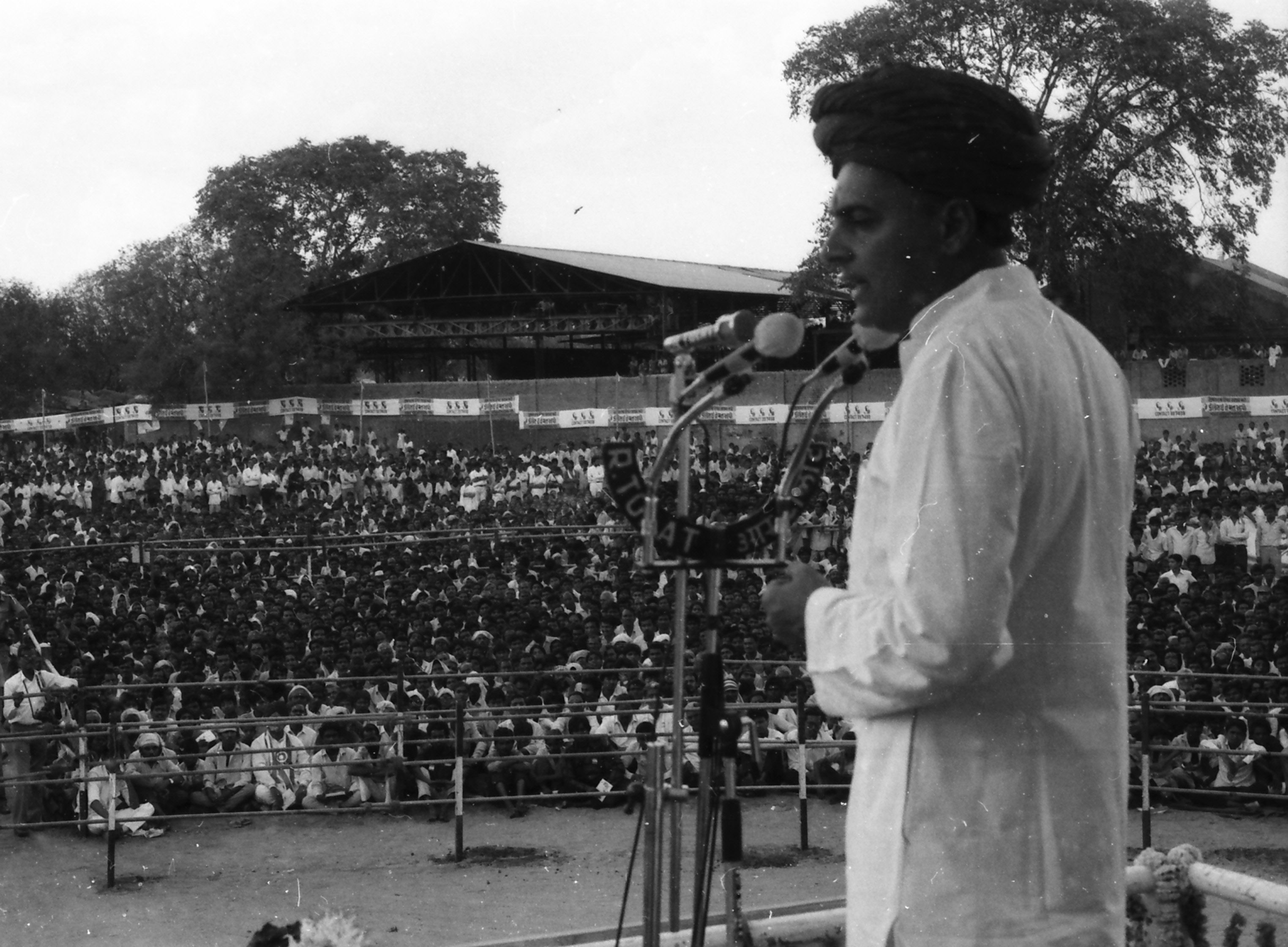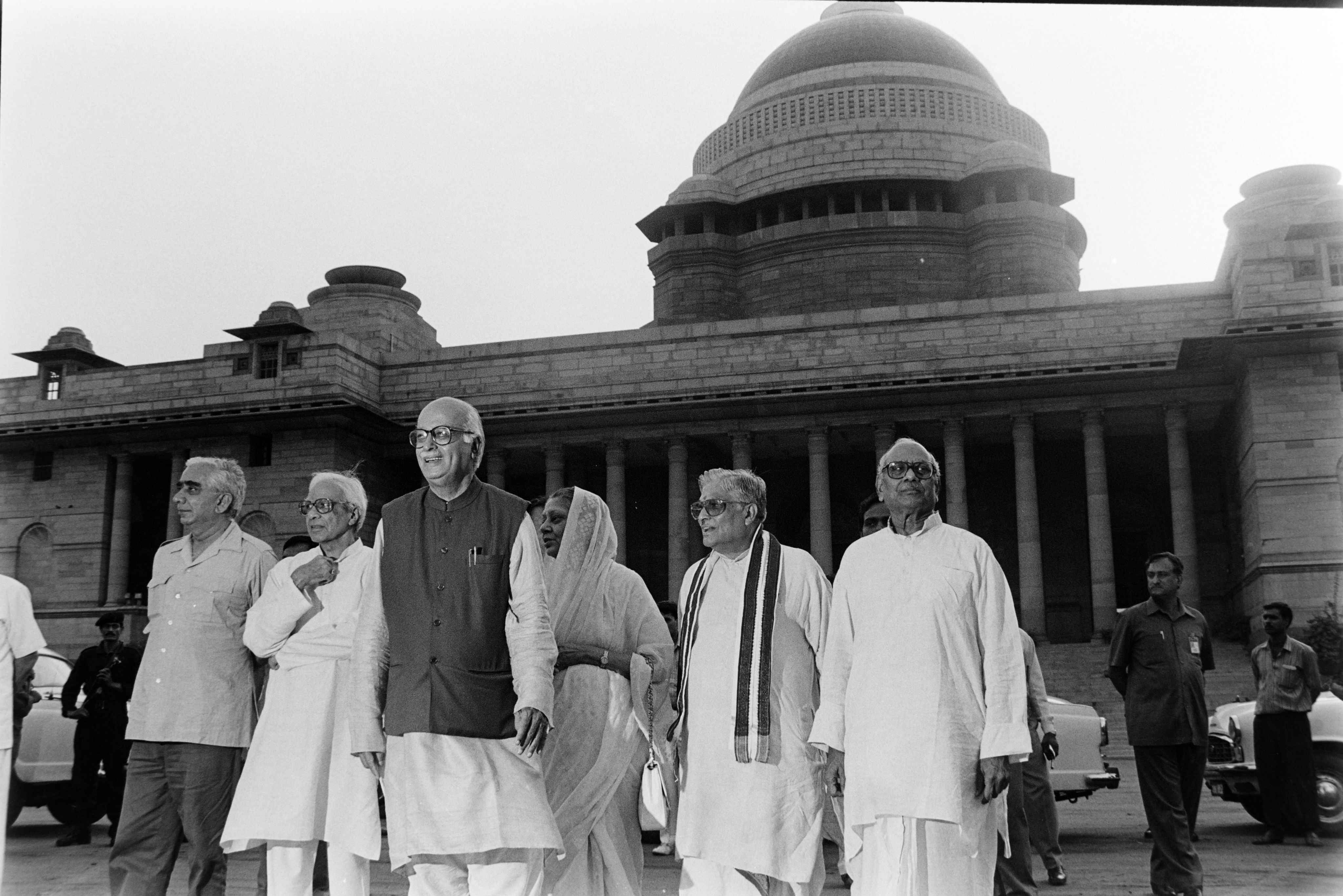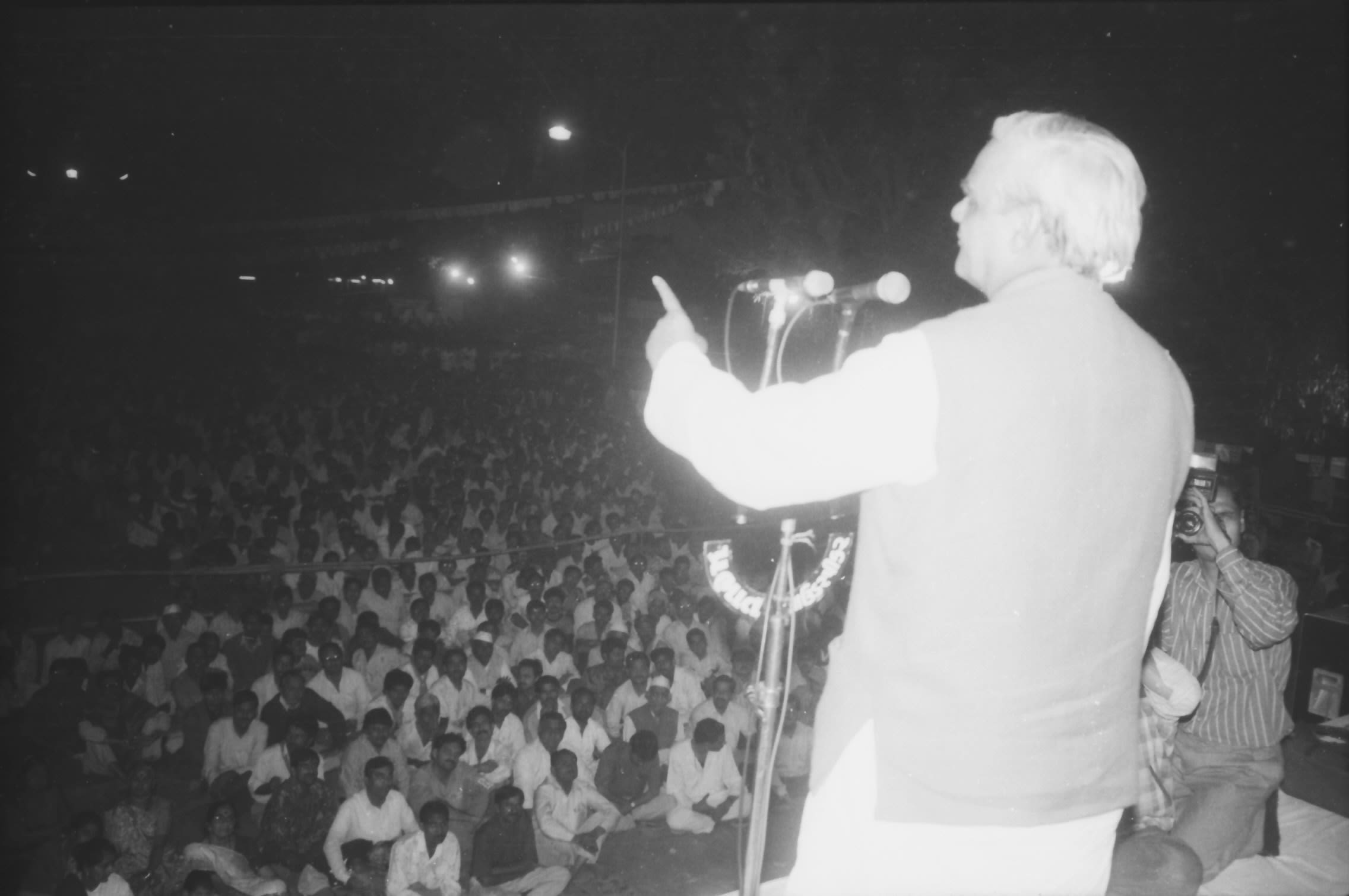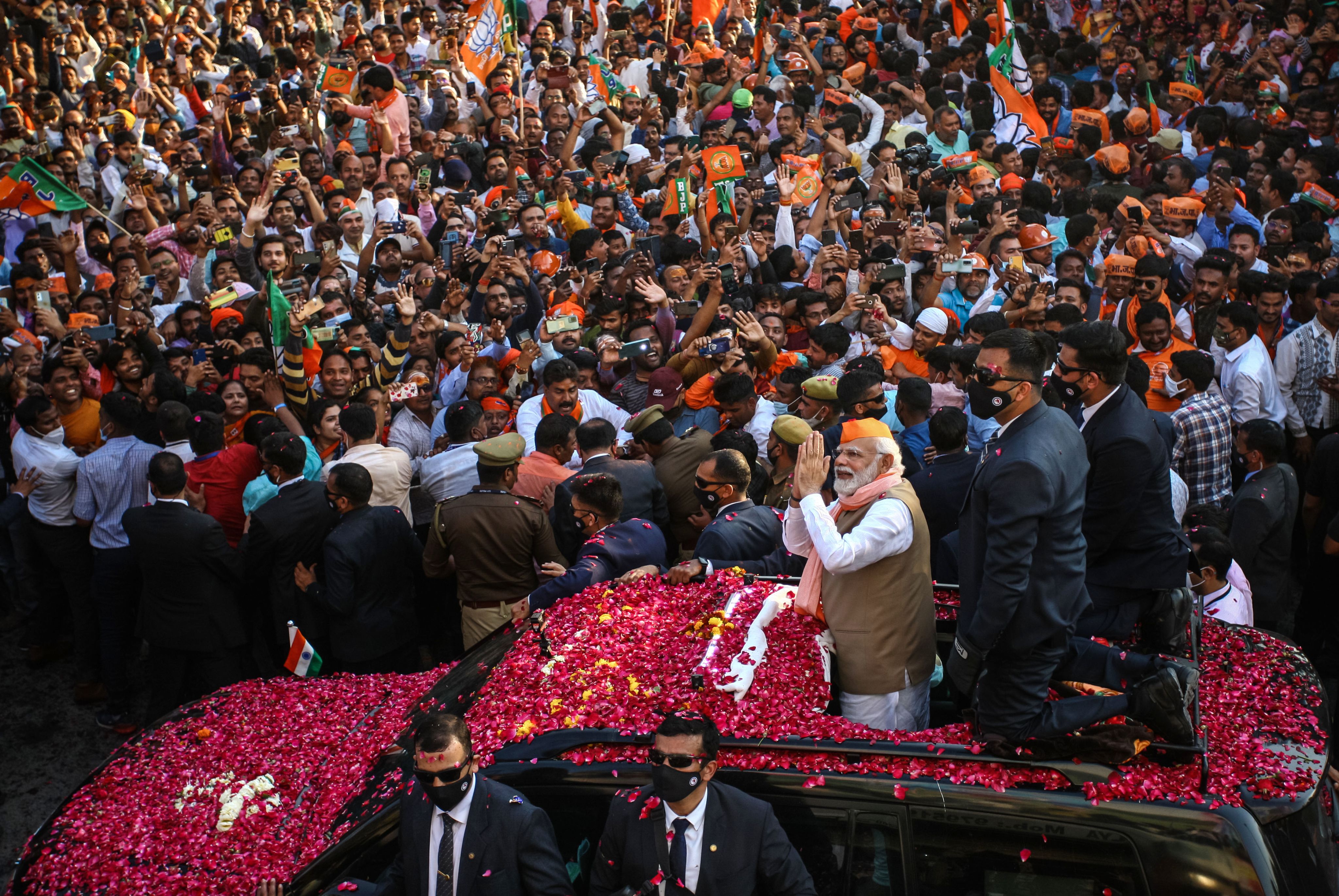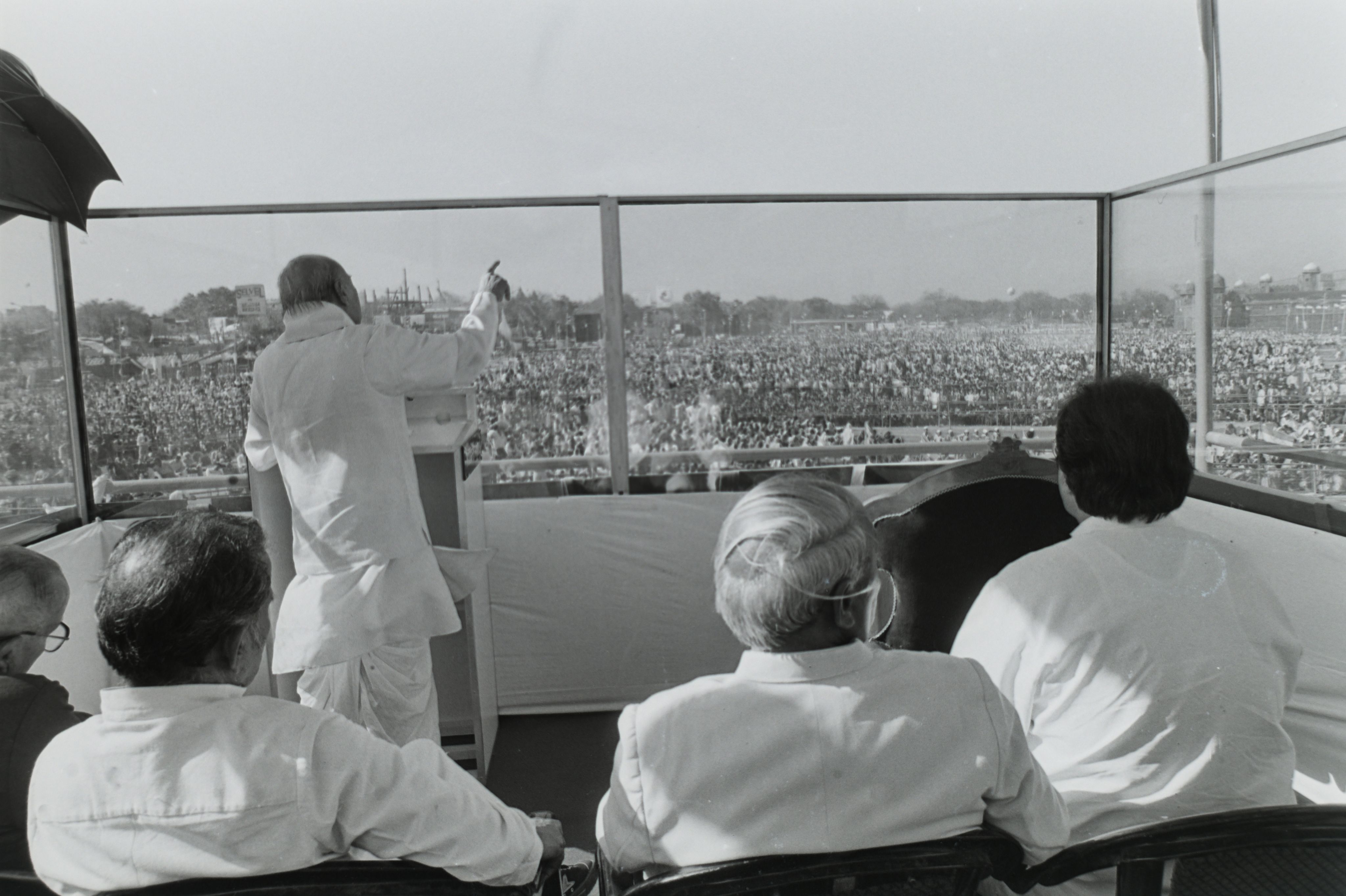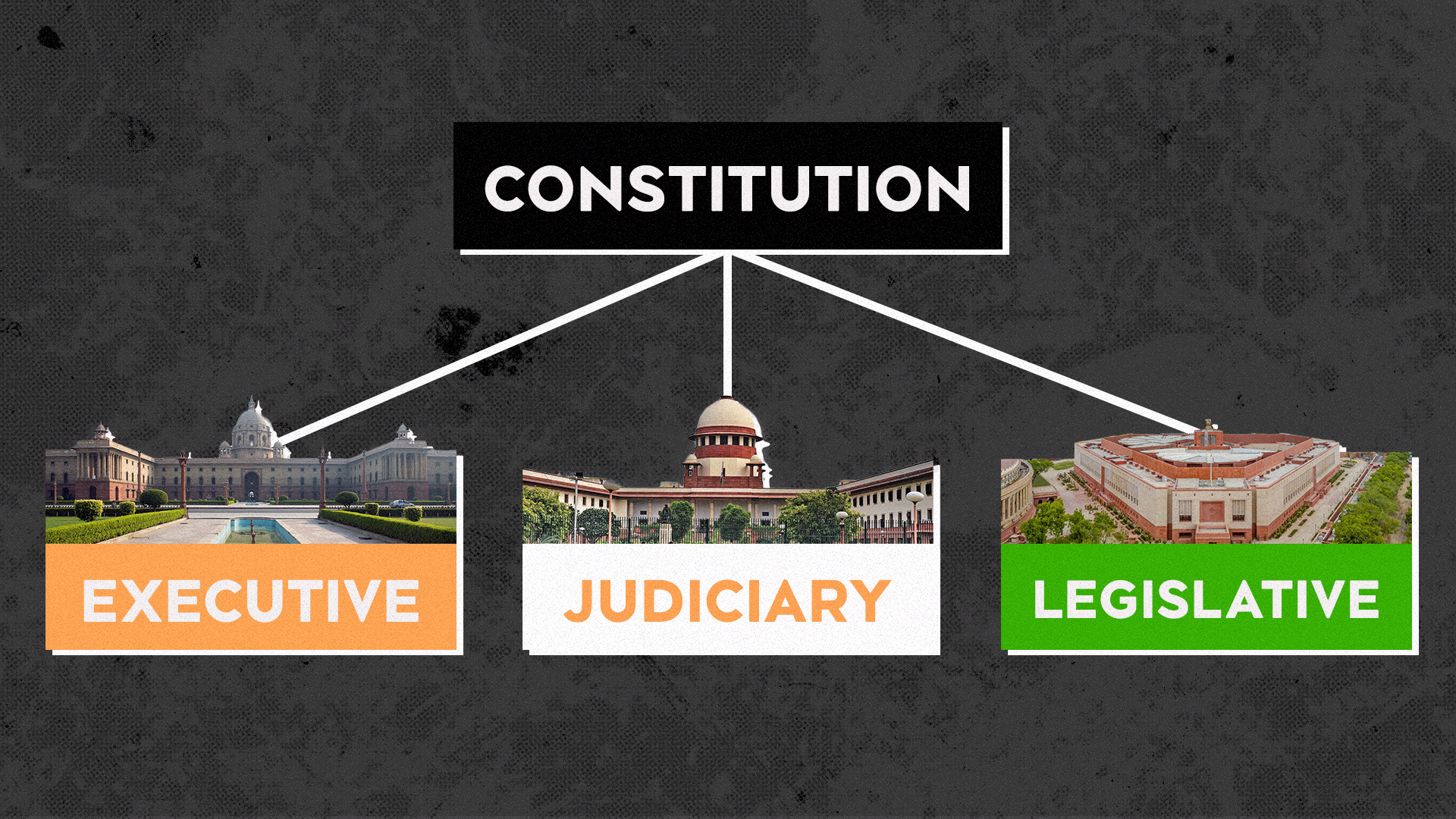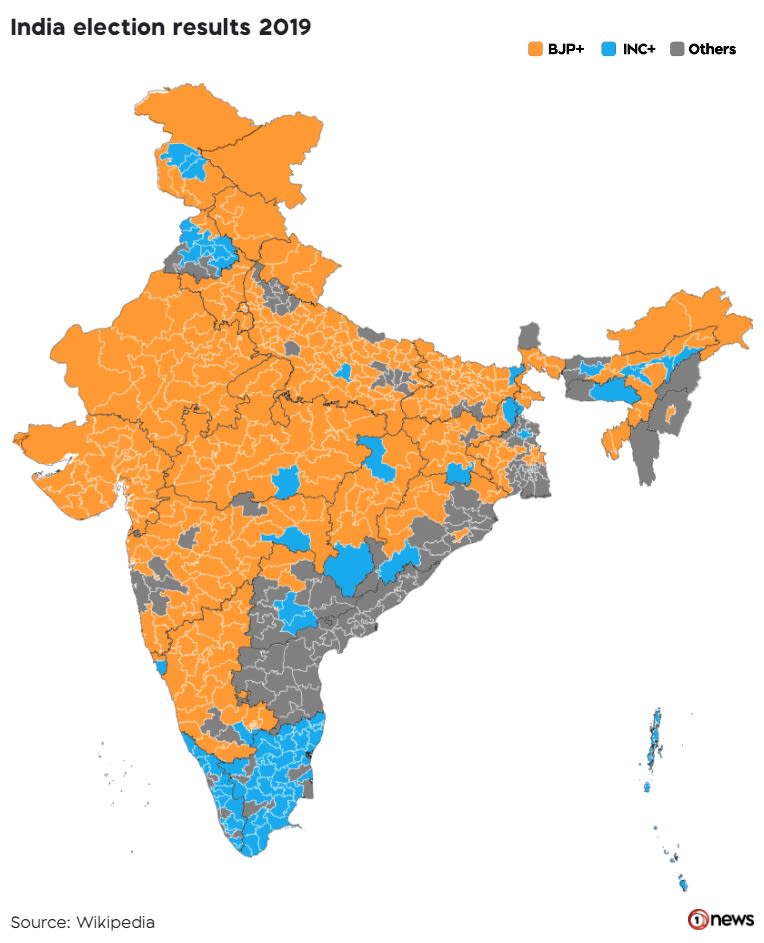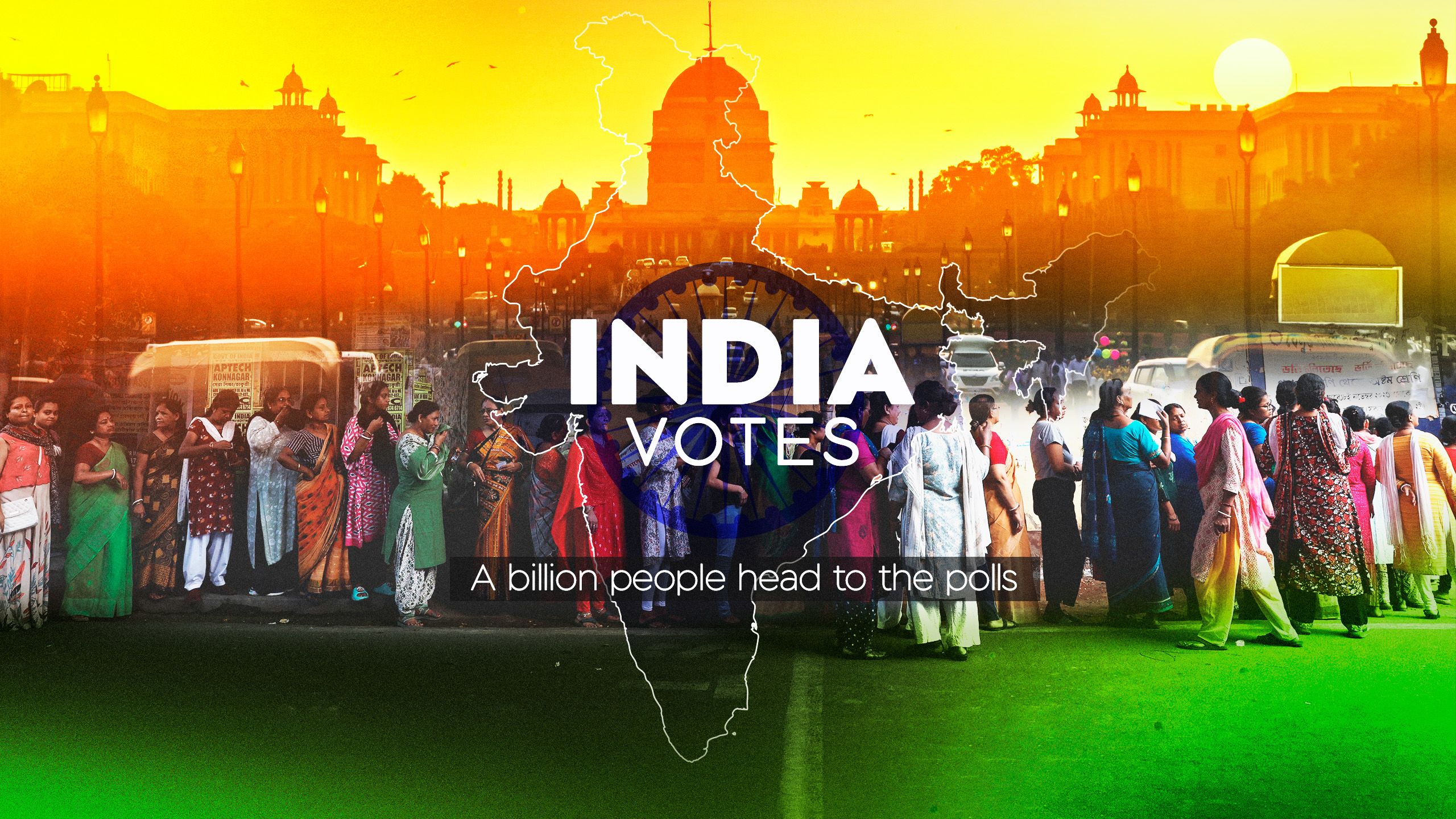
It’s home to the Taj Mahal, Bollywood, yoga, the Bengal tiger and more than 1.4 billion people who all live in an area of land half the size of Australia.
Close to a billion of those people have been eligible to vote in the world’s largest democratic exercise – India's general election, an event that began six weeks ago.
Corazon Miller has landed in Delhi ahead of the final day of polling. She explains what’s at stake and why the world, including those in New Zealand, are watching.
INDIA’S POLITICAL HEART
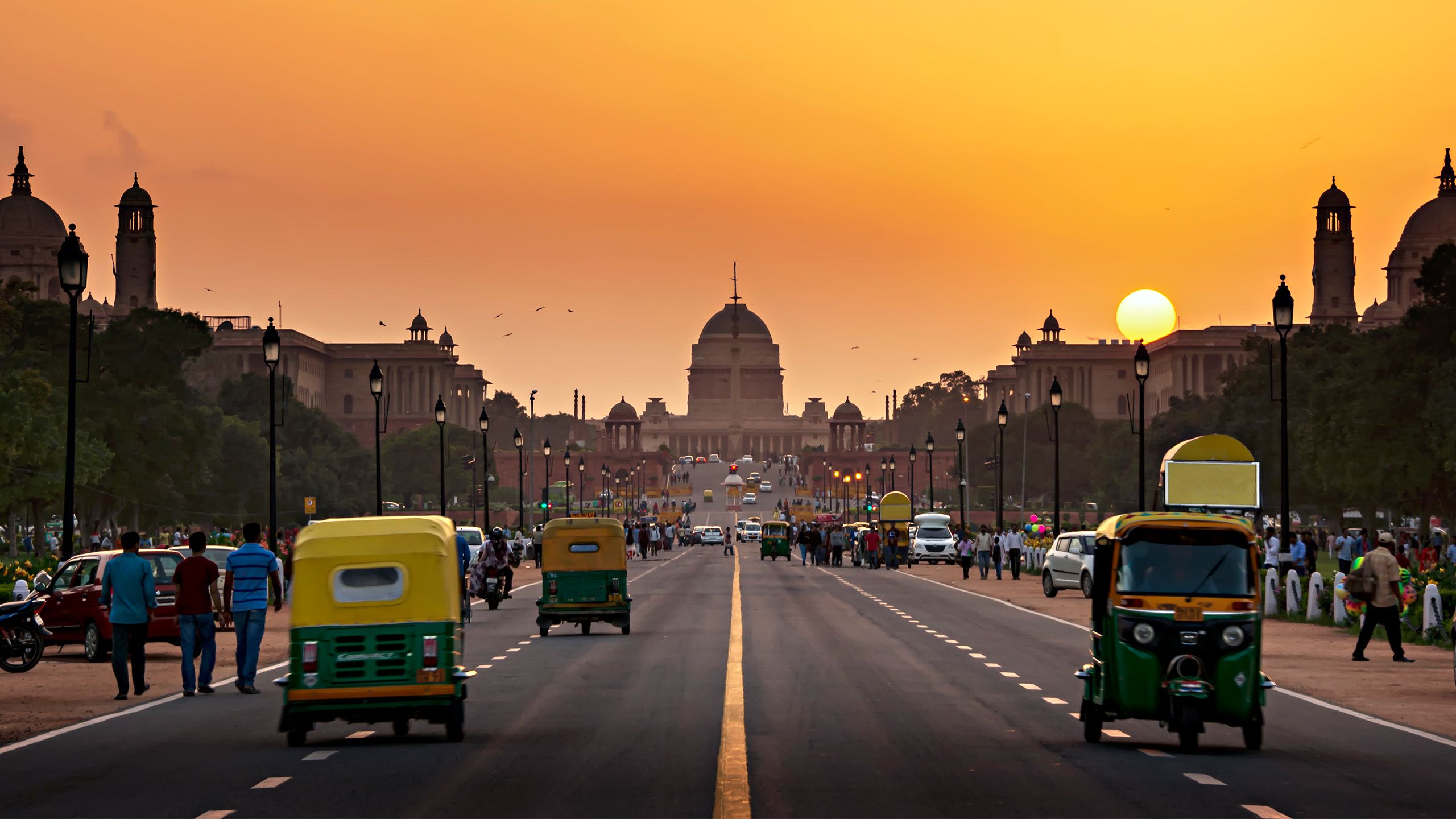
NEW DELHI, INDIA (Photo by Anindito Mukherjee/Getty Images)
NEW DELHI, INDIA (Photo by Anindito Mukherjee/Getty Images)
Delhi’s sprawling metropolis is home to more than 33 million people. It’s a gateway to India’s beauty, one that’s chaotic but charming.
Delhi is also home to India’s seat of power.
For the last decade, Prime Minister Narendra Modi and his party, the Bharatiya Janata Party (BJP), have held that seat – and it’s one they don’t plan on letting go of any time soon as they vie for a rare “super-majority” rule.
Modi’s 2024 campaign has been running under the catchphrase “abki baar, char sau paar” which translates to “this time, we’ll cross 400 seats”.
Achieving that super-majority target would give the right-wing BJP a stronger mandate in power, which some critics fear they could use to push through more radical reforms.
Modi is a popular, but equally divisive leader. The 73-year-old is adored by millions who believe he’s responsible for propelling India to great economic heights and their collective prosperity, with the country on track to becoming the world’s third largest economy.
But despite the expansion of welfare to hundreds of millions of low-income earners, India’s spread of wealth is unequal. According to a 2022 Oxfam report, the top 10% of its population held 77% of the total wealth.
And this year’s Forbes Billionaires List shows India’s got the third most billionaires in the world – 200, behind China, and the United States.
NOVEMBER 19: Narendra Modi, Prime Minister for India (Photo by Gareth Copley/Getty Images)
NOVEMBER 19: Narendra Modi, Prime Minister for India (Photo by Gareth Copley/Getty Images)
Modi and the BJP have also been widely accused of marginalising India’s Muslim minority, which makes up about 14% of the population.
Opinion polls show Modi and the BJP will still win this election – though just how much of a majority they get remains a key question.
If Modi wins, it would guarantee him another five years in power, equalling the record for India’s longest-serving prime minister alongside its first leader, Jawaharlal Nehru.
3/3/57-Gurgoan, India: India's Prime Minister Jawaharlal Nehru, leader of the Indian Congress Party, addresses a crowd of thousands at an election meeting here March 2nd. More than 100,000,000 ballots are expected to be cast in this second general election held in India, which will continue until March 12th.
3/3/57-Gurgoan, India: India's Prime Minister Jawaharlal Nehru, leader of the Indian Congress Party, addresses a crowd of thousands at an election meeting here March 2nd. More than 100,000,000 ballots are expected to be cast in this second general election held in India, which will continue until March 12th.
Mrs. Gandhi Campaigns. New Delhi, India: Mrs. Indira Gandhi, premier of India, with her face surrounded by floral garlands, addresses a public meeting gathered at the Red Fort at the eve of the elections. Some 275 million people started to cast their votes March 1st and the results are expected to be announced after 10 days. Mrs. Gandhi hopes to retain her post of prime minister.
Mrs. Gandhi Campaigns. New Delhi, India: Mrs. Indira Gandhi, premier of India, with her face surrounded by floral garlands, addresses a public meeting gathered at the Red Fort at the eve of the elections. Some 275 million people started to cast their votes March 1st and the results are expected to be announced after 10 days. Mrs. Gandhi hopes to retain her post of prime minister.
Indian Prime Minister Jawaharlal Nehru (1889 - 1964) addressing a crowd during a visit to Colombo, Ceylon (now Sri Lanka), 6th June 1957. Nehru is in the country to take part in celebrations marking the 2500th anniversary of Gautama Buddha. (Photo by FPG/Archive Photos/Getty Images)
Indian Prime Minister Jawaharlal Nehru (1889 - 1964) addressing a crowd during a visit to Colombo, Ceylon (now Sri Lanka), 6th June 1957. Nehru is in the country to take part in celebrations marking the 2500th anniversary of Gautama Buddha. (Photo by FPG/Archive Photos/Getty Images)
Rajiv Gandhi (Former prime Minister of India) at election rally in Ahmedabad Gujarat India on 23rd February 1990. (Photo by Shukdev Bhachech/Dipam Bhachech/Getty Images)
Rajiv Gandhi (Former prime Minister of India) at election rally in Ahmedabad Gujarat India on 23rd February 1990. (Photo by Shukdev Bhachech/Dipam Bhachech/Getty Images)
Bhartiya Janta Party leader Lal Krishna Advani along with Dr Murli Manohar Joshi, Jaswant Singh and others, came out of the Presidential Palace in New Delhi on May 11, 1996 after staking claim to form government as the largest party in the Lok Sabha (lower house) in Parliament. (Photo by Sondeep Shankar/Getty Images)
Bhartiya Janta Party leader Lal Krishna Advani along with Dr Murli Manohar Joshi, Jaswant Singh and others, came out of the Presidential Palace in New Delhi on May 11, 1996 after staking claim to form government as the largest party in the Lok Sabha (lower house) in Parliament. (Photo by Sondeep Shankar/Getty Images)
Atal Bihari Vajpayee (Former Prime Minister of India) at an election rally in Ahmedabad Gujarat India on 15th February 1995. (Photo by Kalpit Bhachech/Dipam Bhachech/Getty Images)
Atal Bihari Vajpayee (Former Prime Minister of India) at an election rally in Ahmedabad Gujarat India on 15th February 1995. (Photo by Kalpit Bhachech/Dipam Bhachech/Getty Images)
Varanasi, INDIA - MARCH 04: India's Prime Minister Narendra Modi greets crowds of supporters during a roadshow in support of state elections on March 04, 2022 in Varanasi, India. India's most populous state, Uttar Pradesh, is holding state elections in seven phases, as the Hindu-nationalist Bharatiya Janata Party (BJP) of Modi looks to defend its majority in its "cow belt" heartlands. The election is expected to be a barometer for the national political mood amid deepening sectarian divisions. (Photo by Ritesh Shukla/Getty Images)
Varanasi, INDIA - MARCH 04: India's Prime Minister Narendra Modi greets crowds of supporters during a roadshow in support of state elections on March 04, 2022 in Varanasi, India. India's most populous state, Uttar Pradesh, is holding state elections in seven phases, as the Hindu-nationalist Bharatiya Janata Party (BJP) of Modi looks to defend its majority in its "cow belt" heartlands. The election is expected to be a barometer for the national political mood amid deepening sectarian divisions. (Photo by Ritesh Shukla/Getty Images)
Prime Minister P V Narsimha Rao addressing a rally at the historic Red Fort in Delhi on March 24, 1996. (Photo by Sondeep Shankar/Getty Images)
Prime Minister P V Narsimha Rao addressing a rally at the historic Red Fort in Delhi on March 24, 1996. (Photo by Sondeep Shankar/Getty Images)
SPREAD OF POWER
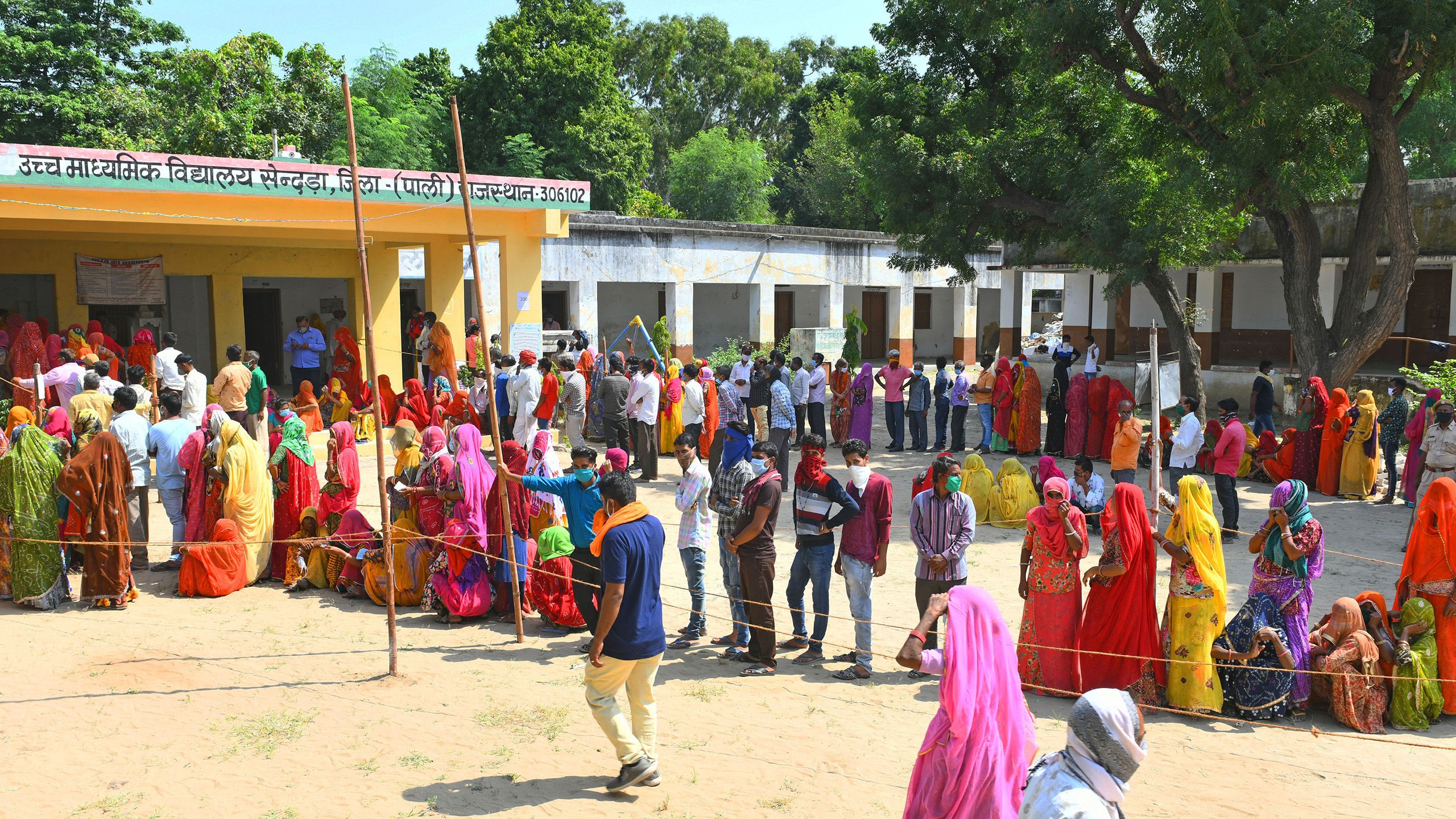
India’s 28 states and eight union territories are governed by the Union Government, or the Central Government as it’s more commonly known.
Like the United States, it’s made up of three branches - the Executive, the Judiciary and the Legislative – otherwise known as Parliament.
It’s the Prime Minister who holds executive powers, but India’s head of state is the President, a role that’s more like a monarch who has oversight over the parliamentary system.
The President can nominate two people to fill seats within Parliament’s Lower House – the Lok Sabha – but the remaining 543 seats are decided by the people every five years in a first-past-the-post electoral system. To win, any party or coalition must take at least 50% of the vote – or 272 seats.
India’s chief election commissioner Rajiv Kumar has vowed to “take democracy to every corner of India”.
Doing that is a colossal task when you consider 969 million voters were eligible to have their say in one of seven stages of polling held between April 19 and June 1 this year.
That is a population 200 times that of New Zealand and 37 times that of Australia.
India’s electoral law requires polling stations to be set up within two kilometres of every voter. That means 1.5 million stations have been set up across India’s 3.29 trillion square metres.
In the first round of polling on April 19, officials in southern India’s Tamil Nadu used donkeys to carry electronic voting machines to hillside villages. Three weeks later, officials in Gujarat spent two days on a bus to ensure a single monk living inside the Gir forest, the last remaining habitat of the Asiatic lion, was able to vote.
According to India’s Electoral Commission data, voter turnout has been tracking slightly lower than the last election in 2019 - at 66.95% compared to 68.15%.
Heat is one factor that may have deterred voters from getting out, as much of India has been gripped in a scorching heat wave, with temperatures soaring above 47 degrees Celsius in Delhi. The day I before I arrived those temperatures soared above 50. Though there have been questions about the veracity of the data, it was certainly hot.
But there's also a sense of voter apathy, with many of the BJP’s traditional working-class support base perhaps feeling their votes are not needed in an election where the outcome already seems determined.
New Zealand India Research Institute’s Dr Douglas Hill says the momentum hasn’t quite been what was expected, something he says may be due to a sense of disenchantment with the ruling party after 10 years in power.
“There may be some people who are not yet willing to cast a vote in that direction, but at the same time don’t have any faith in the alternative.”
He says there are a whole array of issues impacting on people’s confidence in the ruling party, including inflationary pressures, ongoing inequality, and regional tensions.
And without confidence that Modi’s government are best placed to deal with those issues that could put its hopes of a landslide victory at risk.
But its best chance at that will come through the mega state of Uttar Pradesh (UP), located some 400 kilometres away from the capital territory.
Home to more than 240 million people, it gets 80 MPs in parliament – more than any other state. While some states only need one day of voting, Uttar Pradesh is so big voting there is held in all seven phases.
A win there is crucial – as it almost guarantees overall victory.
Support for Modi and the BJP has been strong there. It’s where Modi made his political debut, and where he currently holds a seat in the riverside city of Varanasi.
But that support has been trending down. The party won 71 of 80 seats in 2014; that dropped to 62 in 2019.
A win is also critical in the south. Here, constituents have traditionally taken the hand of the opposition party and its allies, the Indian National Congress.
Hill says the BJP hasn’t been able to cross that historic divide from north to south, with populations further south not as receptive to the BJP and its allies as those in the northern ‘Hindu belt’.
MODI’S STRONGMAN IMAGE
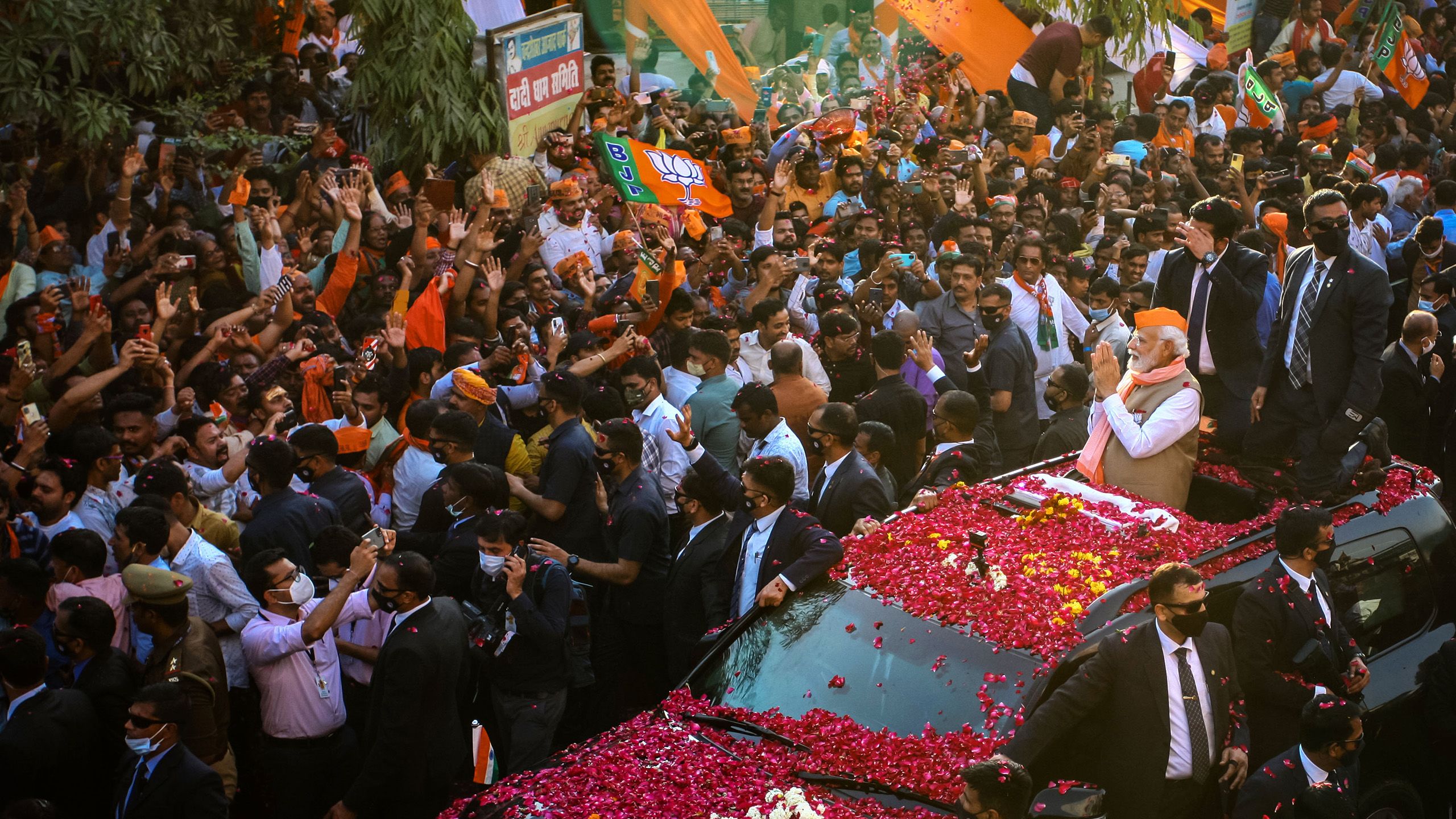
Winning the 370-400 seats Modi and the BJP need to secure a super-majority remains the biggest question – but few analysts predict anyone will replace them as the frontrunners.
Modi is immensely popular, credited by his supporters for India’s global growth, both economically and politically.
Its GDP at the end of 2023 was up 8.4% to $US3.7tn, making it the world’s fastest growing economy. It overtook the UK to become the fifth largest economy and it’s on course to reach $7tn by 2027, which would see it leapfrog Japan and Germany into third spot after the US and China.
Its big youthful consumer base is an attractive target for many global businesses, including those in New Zealand.
India also chaired the GD20 in Delhi last year, where Modi was seen shaking hands with world leaders, helping secure its global power status.
Duco Consultancy’s Sunil Kaushal says India’s growth trajectory has been enormous.
“Think about it, there’s 1.4 billion people, and Covid hit us, but they still managed to keep the economy moving.”
He says in recent years many businesses have moved from China to India because they perceive it to be a safe and easy place to do business.
“You wouldn’t invest in India unless you knew it was democratically stable, economically it’s stable ... and you have the workforce to support it.”
Kaushal says India’s success has become a source of pride for the nation. He acknowledges there are religious tensions but believes those in charge will still prioritise the nation’s needs.
“There’s a saying in Hindi, ‘roti, kapada, makan’ which means bread, clothing, and a roof.
“That’s always been, in any election, paramount for any political party.”
But the last decade has notably also been characterised by not just Indian nationalism, but Hindu nationalism.
The Hindu population is the majority, numbering 79.8% at the last census in 2011.
Massey University Professor Mohan Dutta says the overarching thread that seems to underline Modi’s support base is Hindu political ideology.
“That is, bringing India to this de-colonising moment, regaining its lost glory after its shame of being tied to a colonial past, to ‘Muslim invaders and Christian invaders’. Now [that ideology sees] India ... regaining its lost glory.”
As Modi’s super-majority margins began to narrow over the course of this election, his rhetoric against Muslims grew, calling them “infiltrators” who have “too many children”.
Dutta says fear and anger combined with racial and cultural pride is an interplay that speaks to large audiences.
“We have people struggling with unemployment, and inflation, but they still vote for Modi, as with Modi you have this strongman image that is going to deliver India’s future.”
But he’s concerned what that means for those who aren’t part of the Hindu majority.
“This rhetoric has grown in India which has caused real safety and security threats; you’ve seen Muslims experiencing violence.
“My biggest fear is Muslims will be reduced to outsiders or second-class citizens.”
OPPOSING FORCES
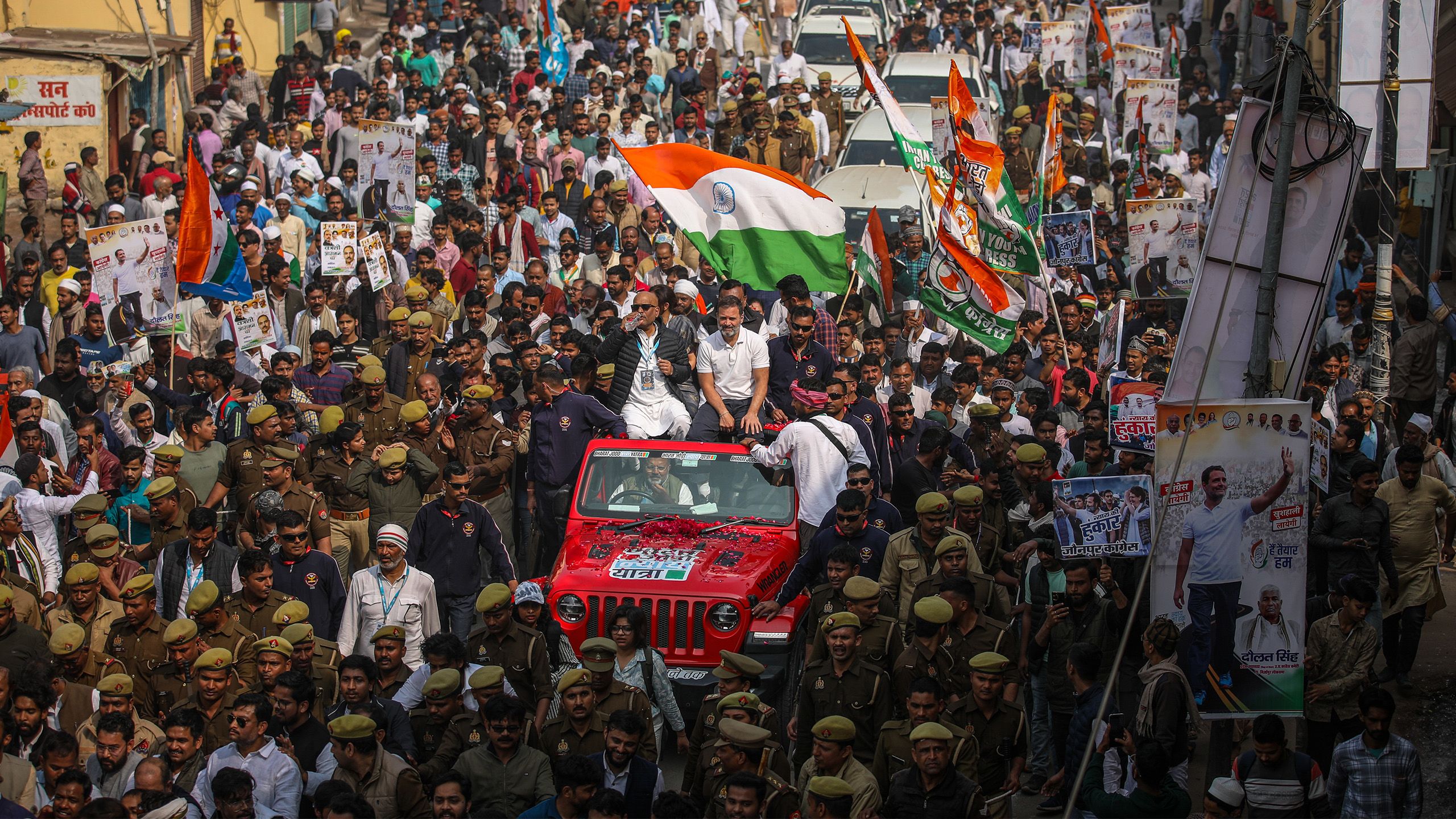
No one person or party has polled close to the level of support that Modi and the BJP has cultivated over the last 10 years.
The main opposition parties have united to contest the BJP rule, forming a coalition that’s running under the acronym INDIA (Indian National Developmental Inclusive Alliance) and is made up of the key opposition party, Indian National Congress, and a number of other smaller parties.
The most prominent opposition politician is the Indian National Congress’ Rahul Gandhi – a descendent of India’s first Prime Minister. He’s trekked the country promising to “unite Indians against hatred and fear”.
But opinion polls put the Congress well behind the BJP.
Hill says the current government has seen a consolidation of power unlike anything seen in recent decades.
“Historically, India has been a very vibrant democracy that’s prided itself on people’s ability to voice opinions even if it’s against the wishes of the ruling government.”
But he says that appears to be changing.
“There is a widely held belief, not just in India, but outside, that the current government has eroded those democratic freedoms.”
He says the BJP-led government has been criticised for clamping down on political opponents, social activists, critical media, and any kind of opposition.
“I think there are concerns about the extent to which this election will be a shift in the political climate of India.”
Corazon Miller travelled to India with the assistance of the Asia New Zealand Foundation.
CREDITS
Words by
Corazon Miller
Graphics
Nadine Christmas & Vinay Ranchhod

